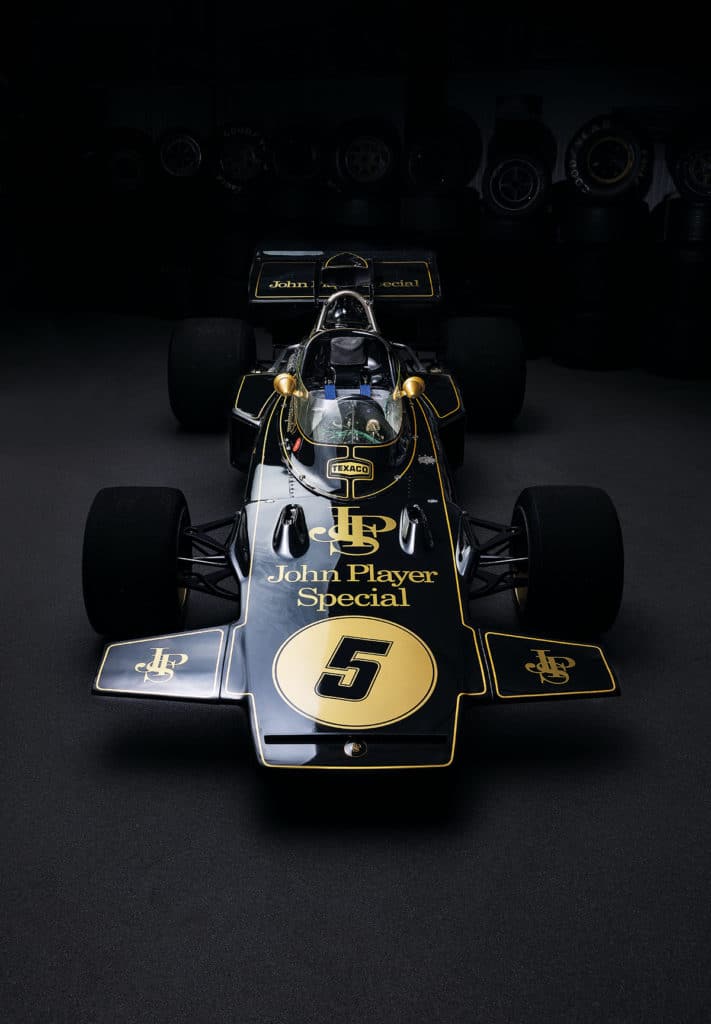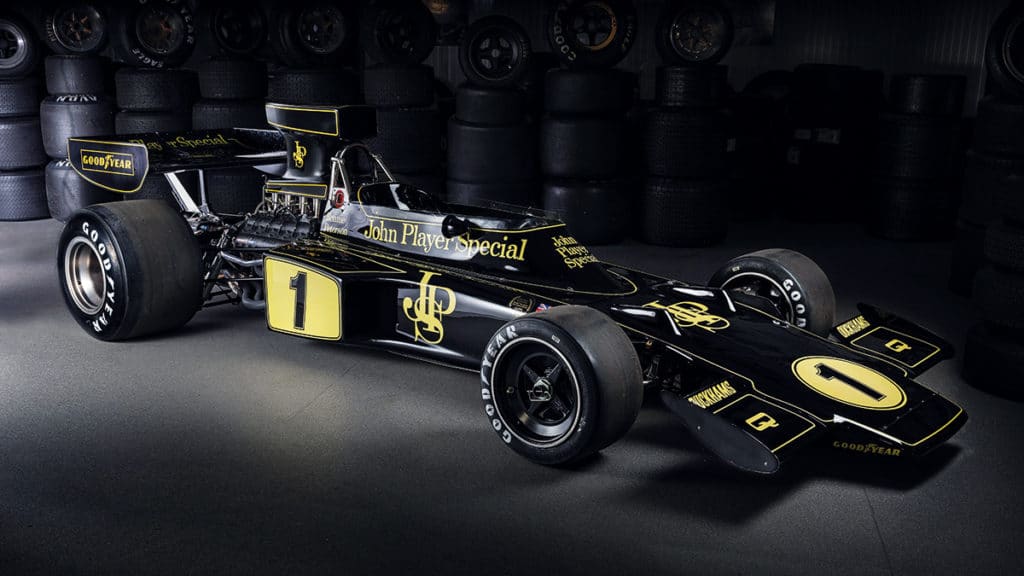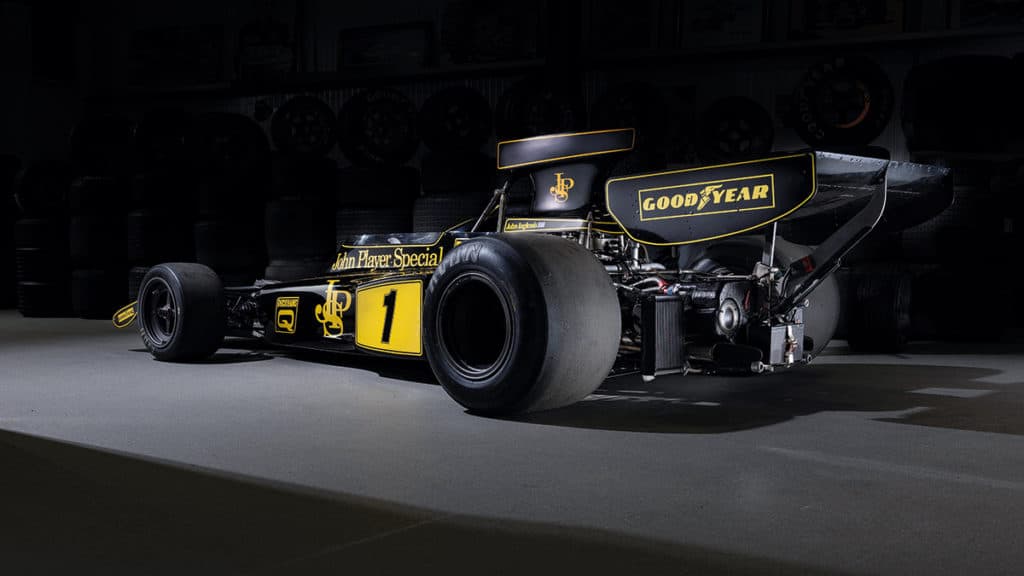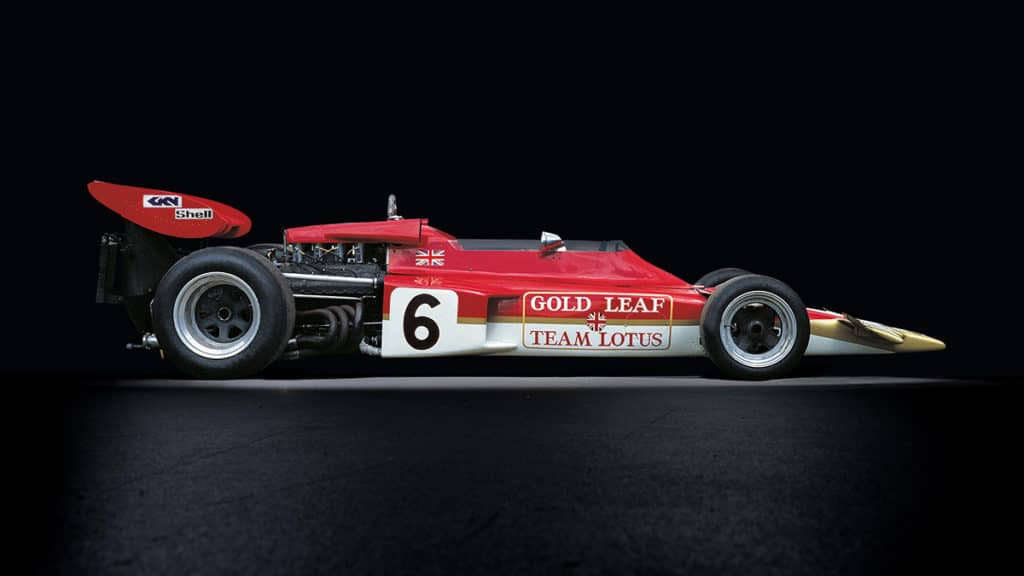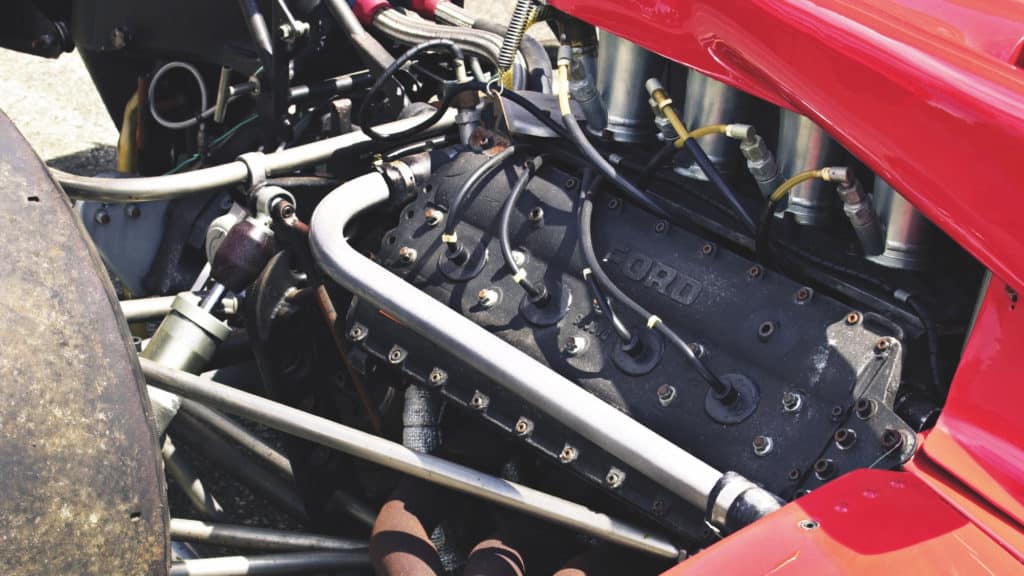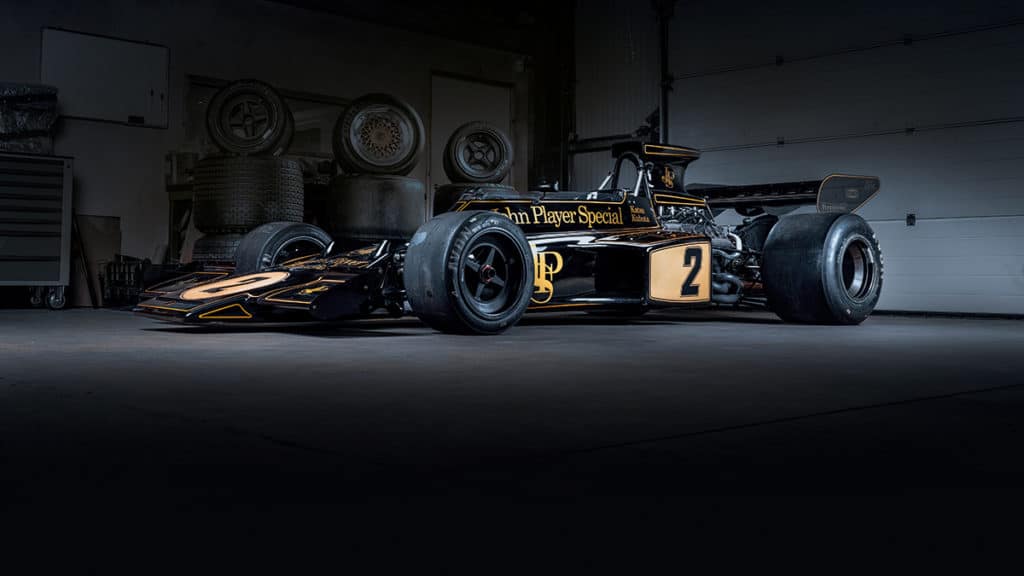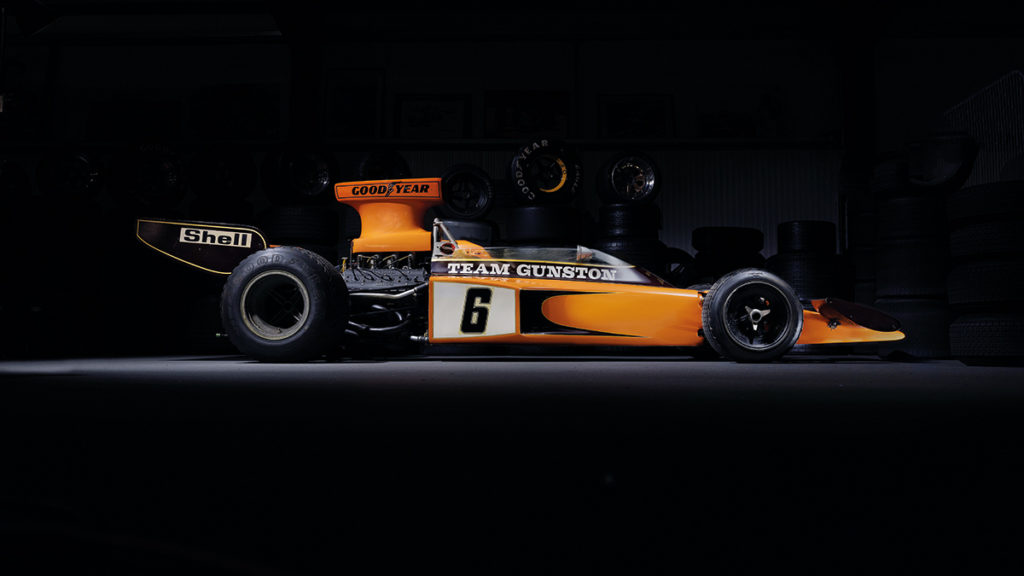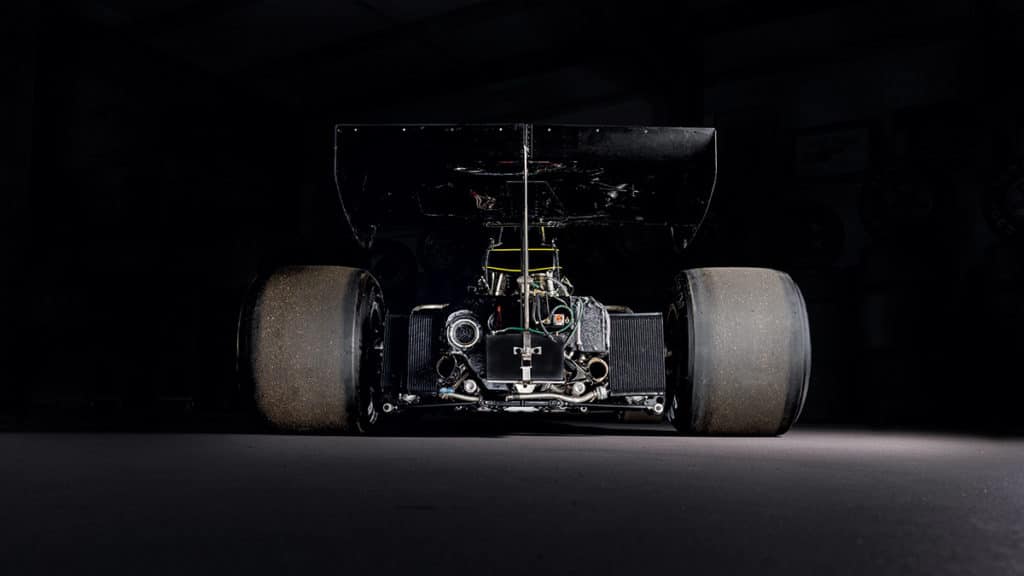Special brew: The Lotus 72
Raced at the top level from 1970-75 and making Formula 1 world champions of Emerson Fittipaldi and Jochen Rindt, the Lotus 72 represents the very best of British engineering. To celebrate 50 years since it achieved the double world championship for team and driver, we profile all surviving examples of the car and tell the stories that helped to make the legend
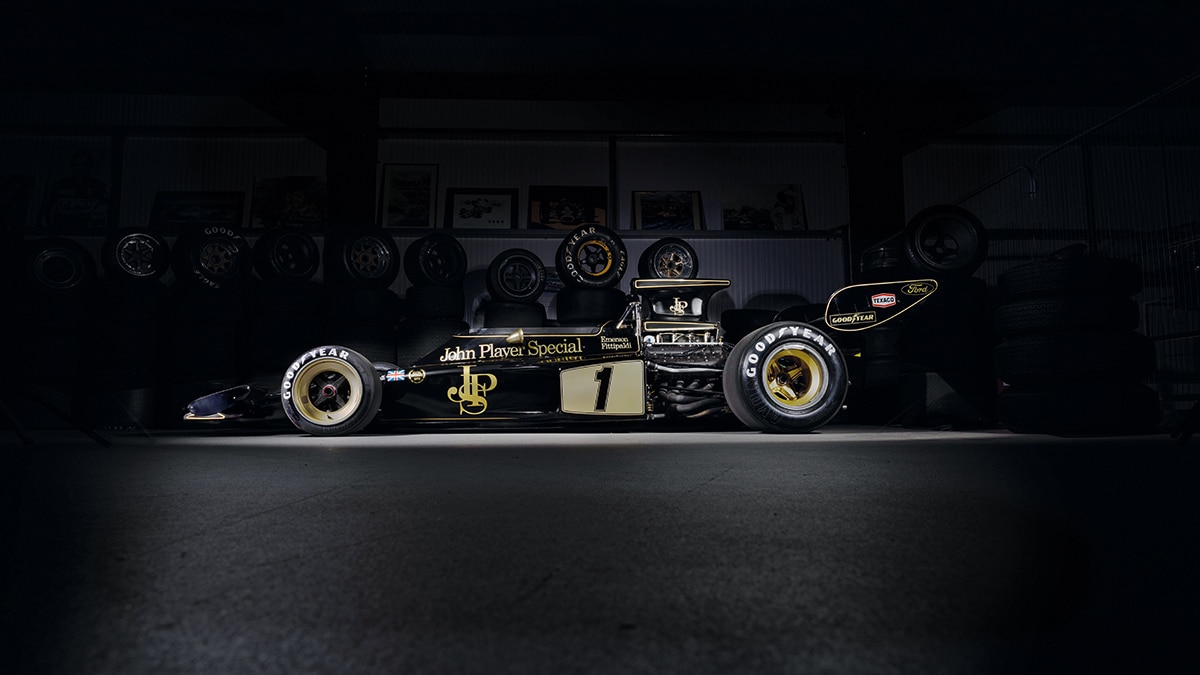
Lee Brimble
Chassis 72/5
Fittipaldi’s old faithful
Emerson Fittipaldi crashed what would turn out to be his ‘old faithful’ on his first appearance in the car, in Friday practice at Monza 1970 – then team-mate Jochen Rindt was killed on the Saturday. After missing the Canadian GP, Team Lotus headed to Watkins Glen, where Fittipaldi took his maiden F1 win in this car.
Chassis 72/5 then carried him through his first full F1 season in 1971. Following a string of early season retirements, Fittipaldi drove updated 72D/5 to fifth in Monaco. A road accident was a setback, but the Brazilian returned to score consecutive thirds in France and Britain, plus a second in Austria. He also used it to finish runner-up in the season-ending Rothmans Victory Race at Brands Hatch, which was curtailed by the accident that killed Jo Siffert.
Into 1972, now running in John Player Special colours, its notable results in Fittipaldi’s first world championship-winning year included second in South Africa and runner-up in the non-points Oulton Park Gold Cup. New Team Lotus driver Dave Walker drove it in Spain and Monaco, but 72/5 reverted back to Fittipaldi thereafter. Often used as his fall-back T-car, it defied retirement and continued to be wheeled out for big occasions. ‘Emmo’used it to win a non-championship race at Vallelunga, the Austrian GP, the Rothmans 50,000 Libre race at Brands Hatch (prize: £50,000) and even clinched his and Lotus’s world titles in the chassis at Monza – asa single Lotus entry under the moniker World Wide Racing in the fall-out of legal pressure still rumbling in the wake of Rindt’s death, and after 72D/7 was damaged in a transporter accident on the way to Italy.
In E spec with the now mandatory deformable structures in place, 72/5 remained a winner into 1973. Fittipaldi scored Lotus’s 50th GP win in the car at Montjuic Park, despite a puncture. But its active life was ended in practice at the Dutch GP when a wheel failure sent Fittipaldi off into the Zandvoort barriers. Emmo was lucky to suffer only heavy bruising. The damaged tub languished at Lotus for years, until it was restored in 2014.
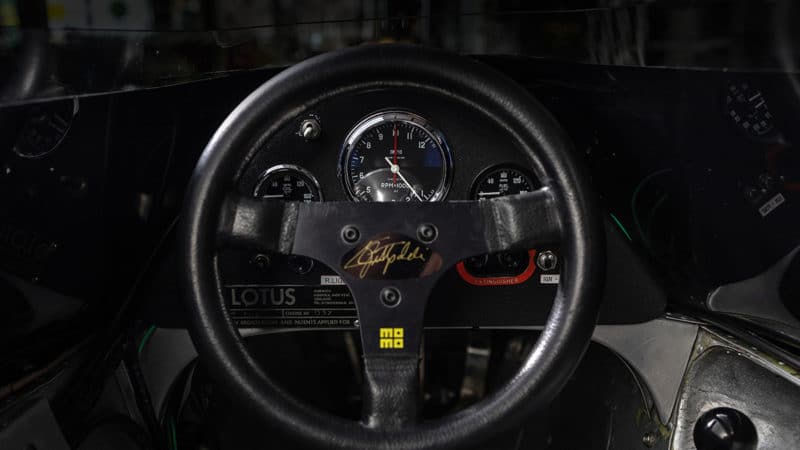
Steering wheel signed by Emerson Fittipaldi
Lee Brimble
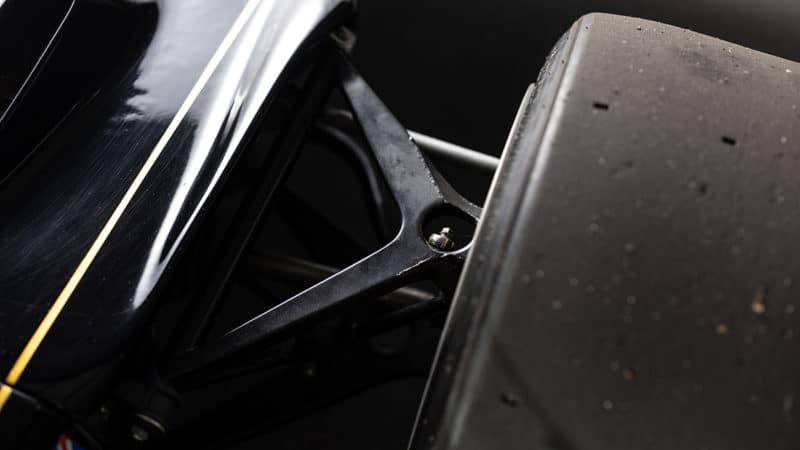
Front wishbone on the now restored 72/5
Lee Brimble
Debut: Italian Grand Prix, 1970 (DNS)
Final race: Dutch Grand Prix, 1973 (DNS)
Race starts: 33
Grand prix starts: 21
Race wins: 7
Grand prix wins: 4
Chassis 72/7
Fittipaldi’s other flyer
This is the other significant Fittipaldi Lotus 72 and it isthe winner of five world championship grands prix in his hands. Emmo’s first winin the car came in the 1972 Silverstone International Trophy, starting from pole position. That season, as he became F1’s then-youngest world champion, he used 72/7 to win the Spanish, Belgian and British GPs, with further podiums in Monaco and France. The following year, in deformable-structured E spec, Emmo added the Argentine and Brazilian GPs to its impressive roster of success, but thanks in part to new team-mate Ronnie Peterson and a regalvanised Jackie Stewart, Fittipaldi fell short of a successive title.
He was in 72E/7 when he finished a furious second to Peterson (in 72/6) at Monza, the result that sealed his decision to switch to McLaren for 1974. But 72/7 still had some racing life left in it. The chassis, along with 72/6, was sold to Team Gunston in South Africa, that lucrative market for newly obsolete Lotus F1 cars. Paddy Driver made his only grand prix start in the car at Kyalami in 1974, at the age of 39, after he had failed to start a Lotus 24 at East London in 1963 after an end-over-end shunt.
Then in 1975 Guy Tunmer made his own one and only world championship grand prix appearance, placing 11th ahead of factory driver Jacky Ickx (72E/5) and team-mate Eddie Keizan (72E/6).
On the national scene, after a first win at Killarney, Tunmer crashed the car at Kyalami and it was sent back to Lotus. It was rebuilt using a few parts from 72/3 causing later confusion, now cleared up. Later raced on the UK historic scene by Michael Schryver in Gold Leaf livery during the 1990s, it was acquired by the Chapman family in 2019. Since its restoration Fittipaldi has driven the car twice retaining his close association.
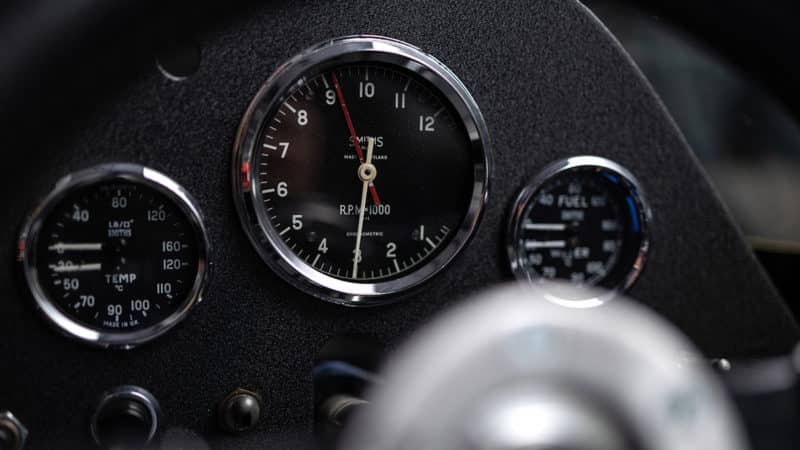
Around 440bhp at 10,000rpm.
Lee Brimble

Steering wheel signed by Emerson Fittipaldi
Lee Brimble

Front wishbone on the now restored 72/5
Lee Brimble
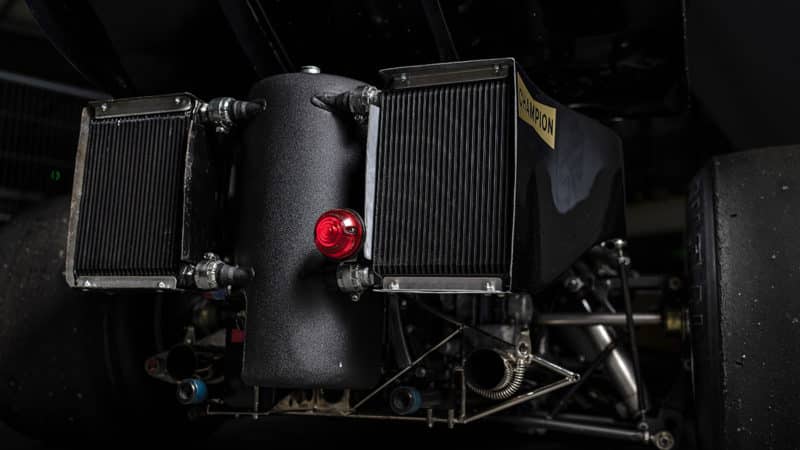
The view at the back, with in-line oil tank and oil cooler beneath the one-piece rear wing
Lee Brimble
Debut: Brazilian Grand Prix, 1972
Final race: False Bay 100, Killarney, 1975
Race starts: 39
Grand prix starts: 22
Race wins: 7
Grand prix wins: 5
Chassis 72/8
Ronnie’s rocket
Built for Ronnie Peterson for 1973, ‘SuperSwede’ raced 72/8 early in the year, scoring a second place and fastest lap in the International Trophy at Silverstone. It subsequently became his spare car as he preferred 72/6. But when that car was sold to South Africa, Peterson returned to racing 72/8 for much of 1974, falling back on the car when the Lotus 76 proved problematic.
Remarkably, he still managed to be a serious contender, winning three races in 72/8: the Monaco, French and Italian grands prix. By 1975, the chassis had reverted to Peterson’s spare car after he drove it in the first two grands prix of the season, then it was utilised mid-season by Team Lotus to try out a number of British drivers.
Jim Crawford made what turned out to be his only grand prix starts in this car at Silverstone and Monza (although some reports claim he drove 72/5 in Italy), with coil springs now having replaced the torsion bar rear suspension, while John Watson drove it in his Lotus one-off at the Nürburgring. The car was pensioned off and spent many years in Tom Wheatcroft’s Donington Grand Prix Collection. It is now owned by American enthusiast Bill Pohlad.
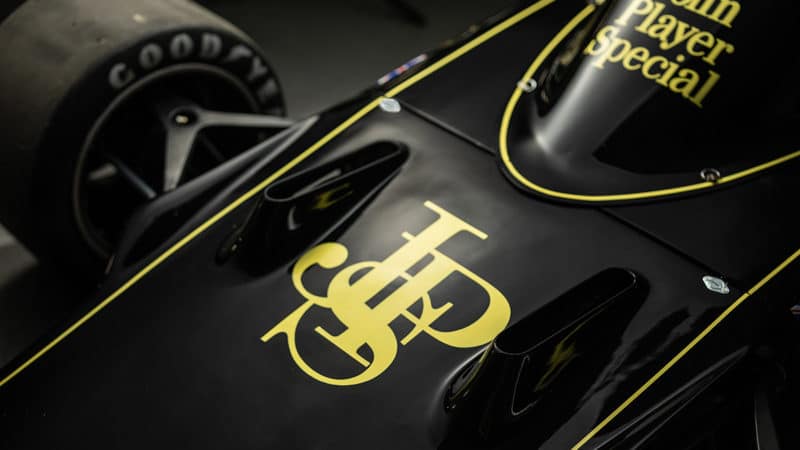
Has the John Player Special livery ever been bettered?
Lee Brimble
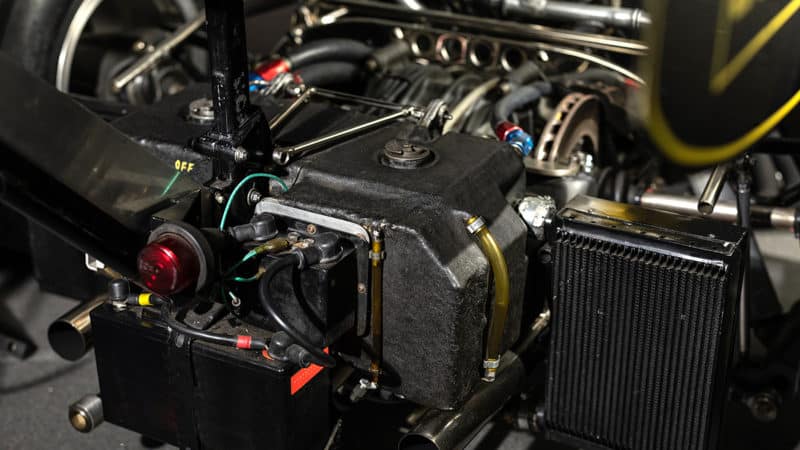
Saddle tank sits in front of the battery.
Lee Brimble
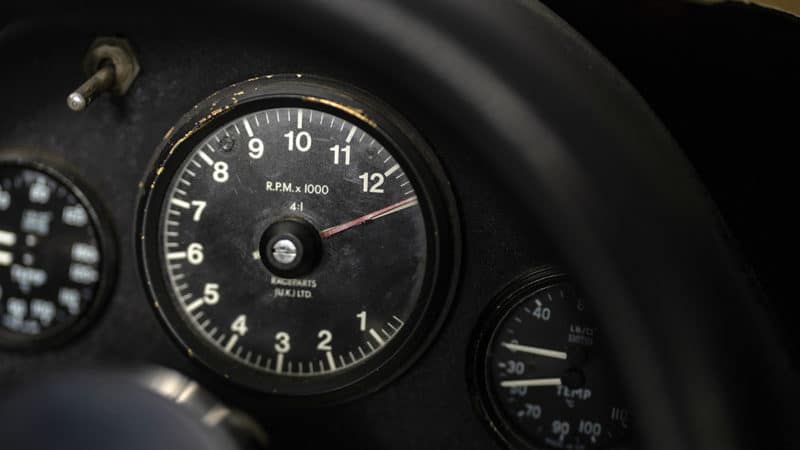
As viewed by Ronnie Peterson, Jim Crawford and John Watson
Debut: Argentine Grand Prix, 1973
Final race: Italian Grand Prix, 1975
Race starts: 20
Grand prix starts: 19
Race wins: 3
Grand prix wins: 3
Chassis 72E/5
Ickx’s winner in the wet
In the wake of Emerson Fittipaldi’s 1973 Dutch Grand Prix practice crash, Team Lotus chose to build a new tub – and reused the chassis name. 72E/5 was Jacky Ickx’s car for most of its active life, through 1974 and ’75, and is best known for the Belgian’s wet-weather masterclass in the 1974 Race of Champions at Brands Hatch.
The rest of the year was skewed by the troubled Lotus 76 – the 72’s replacement – and Ickx fell back on 72E/5 with little to show for it. Third at the British Grand Prix was as good as it got. The car was way past its sell-by date the following season, Ickx plugging away until driver and team split by mutual consent. Jim Crawford had driven 72E/5 at the International Trophy, crashing in testing when a tyre came off an experimentally wide rim, then again in practice.
Brian Henton made his Formula 1 debut in this chassis at the British GP, unfortunately hitting the Silverstone sleepers in the downpour that stopped the race. He made two more appearances in 72E/5 before it was retired from active service. Retained by the Chapman family, the machine was restored at the turn of the millennium then sold to fund the purpose-built workshop at Hethel. Greek collector John Inglessis races the car in historic F1 events.
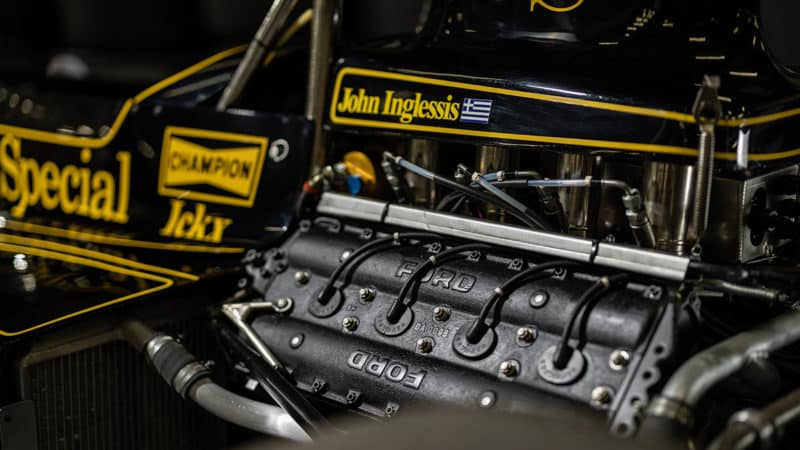
Greek collector John Inglessis has raced chassis 72E/5 inhistoric events
Lee Brimble

The rear wing changed shape and position during the 72’s six years
Lee Brimble
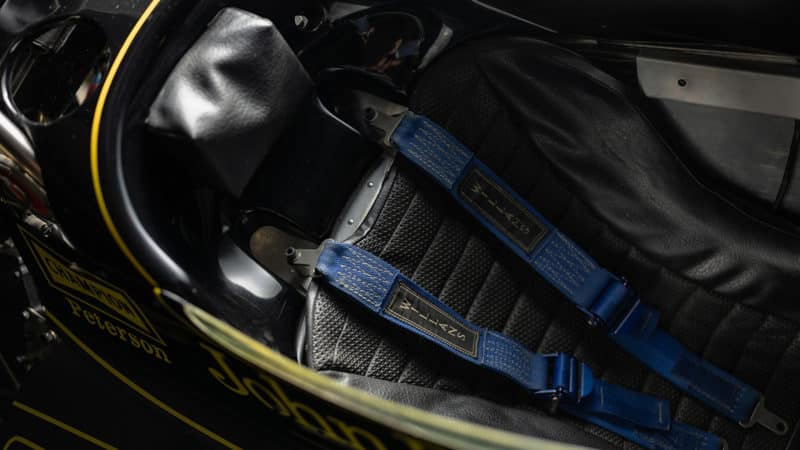
Six-point harness
Debut: Argentine Grand Prix, 1974
Final race: US Grand Prix, 1975
Race starts: 20
Grand prix starts: 24
Race wins: 1
Grand prix wins: 0
Chassis 72/4
The troublesome one
Although it redefined Formula 1’s technical template upon its launch in 1967, the Lotus 49 had become less and less competitive by the summerof 1970. At the wheel of his Brooke Bond/Rob Walker Racing entry, Graham Hill scored a few points early in the season and finished sixth at Silverstone, but was desperate to get his hands on the customer 72 Lotus had thus far been unable to supply. Chassis 4 would be that car.
In effect it was a reworked version of prototype chassis 72/1, though it required extensive modifications to upgrade it to 72C specification and very little of the original monocoque was retained. No4 made its debut in Hill’s hands at the Oulton Park Gold Cup and retired early with low oil pressure – a fitting start, as it transpired, for what would be a short, undistinguished top-line career.
Chassis 72/4 should have made its world championship debut at Monza, but was withdrawn – along with the works 72s – in the wake of Jochen Rindt’s fatal practice accident. Hill then drove the car in Canada, where he was too far behind to be classified, America and Mexico (where he was forced out by clutch failure and overheating respectively).
After Walker forged a partnership with Team Surtees for the following season, the car was sold to Jo Siffert who planned to rent it out to various drivers. Swiss sports car ace Herbert Müller was supposed to run it in Villiger colours at the 1971 Italian GP, but the car didn’t materialise – and Siffert’s death later that year meant the project went no further.
No4 was subsequently acquired by the Fittipaldi brothers, who had it painted in JPS livery to look as close as possible to Emerson’s title-winning car, and stayed with them until respected dealer Adrian Hamilton purchased it in 1985. He sold it on to Brands Hatch’s then-owner John Foulston and, now in 72/1’s Gold Leaf livery, it competed regularly at historic events. After Foulston’s death in a testing accident (driving a McLaren Indycar at Silverstone, September 1987), 72/4 remained with his family until Austrian collector Joe Willenpart acquired it in 2007. He died in 2015, since when the car has been owned by French enthusiast Richard Mille.
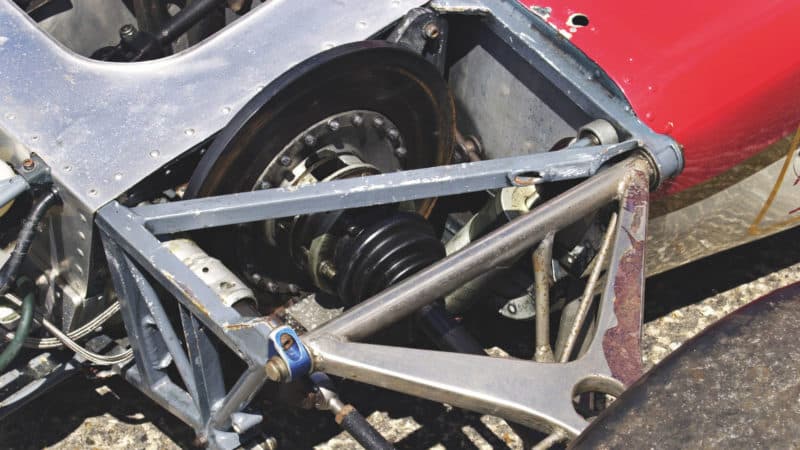
No wins, but bags of character in every detail
Lee Brimble

Lee Brimble
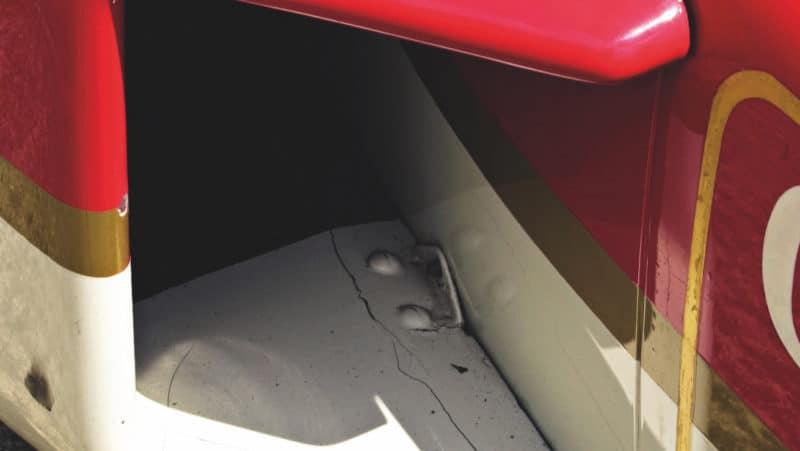
Debut: Gold Cup, Oulton Park, 1970
Final race: Mexican Grand Prix, 1970
Race starts: 4
Grand prix starts: 3
Race wins: 0
Grand prix wins: 0
Chassis 72/6
Peterson’s favourite
Here’s a car with a more distinguished history than ever seemed likely in period. Introduced in 72D spec in 1971 for Reine Wisell, it scored a couple of top-six finishes before being handed to the Swede’s successor, Dave Walker, for ’72.
The Australian’s effervescent F3 form never translated to F1, and his best result would be fifth in the non-championship Brazilian GP. Wisell, back in the car at the season’s end, fared no better.
The chassis was updated to 72E spec over winter, with deformable structures around the tub, and earmarked as new signing Ronnie Peterson’s spare. Having used it in the two UK non-championship races, the Swede drove it again in the Belgian GP and it became his preferred mount. He took it to third in Monaco, second at Anderstorp and scored his maiden grand prix victory next time out in France. He signed off his campaign with a flourish by winning three of the final four races, in Austria, Italy and America.
Team Lotus sold 72/6 and 72/7 to Team Gunston, which ran them in the South African GP and also the national F1 championship. Ian Scheckter raced 72/6 in 1974, finishing second to Dave Charlton in the title race. Eddie Keizan took over in 1975, after Scheckter switched teams, but unreliability blighted his efforts.
South Africa dropped F1 for 1976 in favour of Formula Atlantic, and the 72s were taken to the Rembrandt Tobacco museum in Gauteng. Enthusiast David McLaughlin acquired 72/6 in 1982 and used it in historic races back in JPS colours.
He sold it in 2004 and the car has remained competitively active in the hands of subsequent owners Alistair Morrison, Patrick van Heurck and present custodian Katsu Kubota.
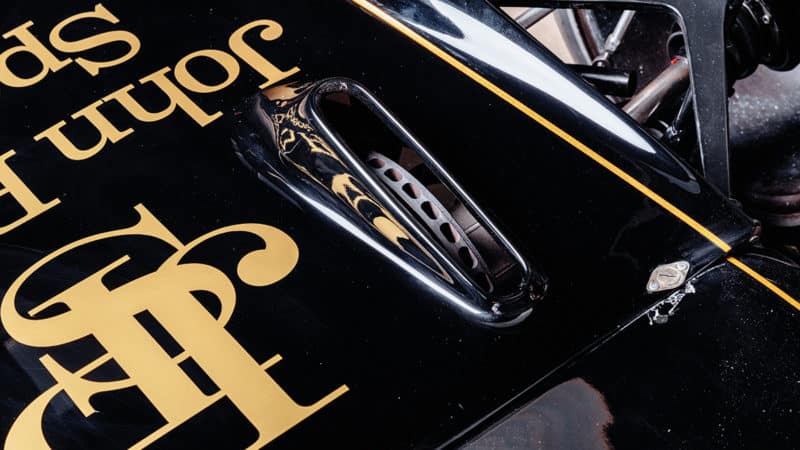
Inboard brake disc on the nose of the car
Jayson Fong
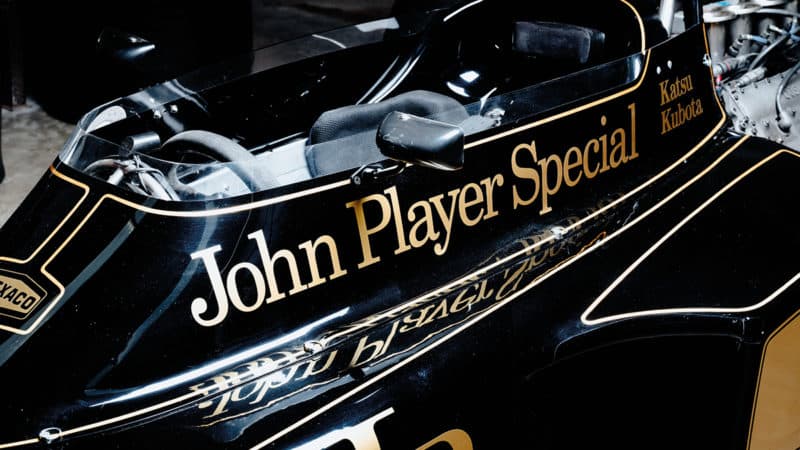
After a spell in a South African museum, 72/6 regained its JPS colours in the early ’80s. DFV carries all rear suspension loads
Jayson Fong
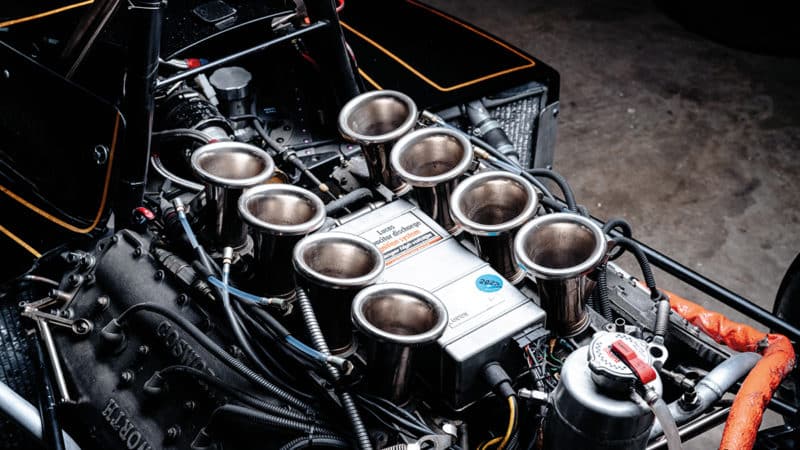
Jayson Fong
Debut: German Grand Prix, 1971
Final race: Donnybrook 100, 1975
Race starts: 50
Grand prix starts: 26
Race wins: 9
Grand prix wins: 4
Chassis 72/3
South African campaigner
Hard-working car built to C spec, in which John Miles made two GP starts in 1970 (Germany and Austria), then did not start at Monza following Jochen Rindt’s death. Miles was replaced by Reine Wisell from Watkins Glen, where the Swede drove 72/3 to a podium third as Emerson Fittipaldi scored his maiden F1 win in 72/5.
Wisell campaigned 72/3 through much of 1971 as Fittipaldi’s team-mate – with only a few highlights: fourth in South Africa; sixth in the French GP; and a poignant appearance in the Jochen Rindt Memorial Race at Hockenheim (10th).
At the British GP, South African Dave Charlton raced 72/3 as a third works car, only for a broken oil line to end his drive on lap one. Thanks to his sponsorship with United Tobacco Company of South Africa and its Lucky Strike brand he took it to his home country, now in D spec, where he enjoyed success in the national series in 1972. A return to Europe for the French, British and German GPs was unsuccessful, Charlton suffering from an inner ear infection that caused dizziness and double vision. The car made its final world championship start at the 1973 South African GP, in which Charlton spun and triggered the shunt that almost cost the life of Clay Regazzoni, who was saved by Mike Hailwood’s heroics in helping drag him clear from his blazing BRM.
Its last world championship start could have been Kyalami in 1974 in the hands of John McNicol, Charlton having moved on to a McLaren M23, but the car was not prepared in time. It was retired and in 1976 bought by a British collector.
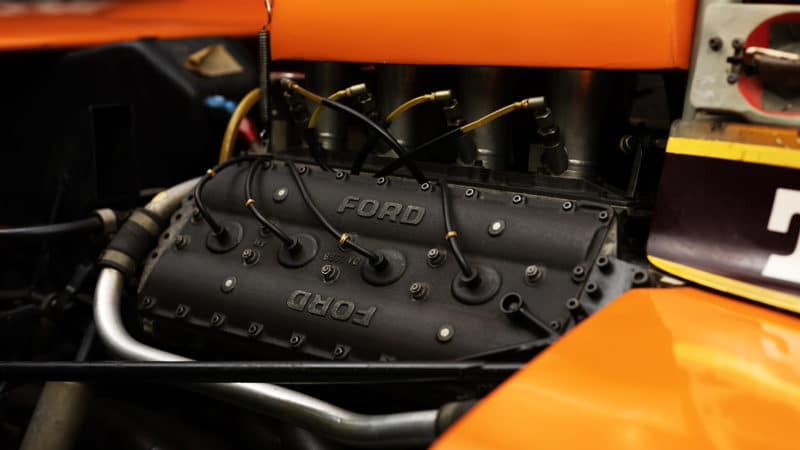
Ford’s label but Cosworth’s genius
Lee Brimble

Imagine yourself at Kyalami
Lee Brimble

South Africa-based Team Gunston raced Lotus 72s in 1974 and ’75.
Lee Brimble
Debut: German Grand Prix, 1970
Final race: Rhodesian Grand Prix, 1975
Race starts: 59
Grand prix starts: 14
Race wins: 22
Grand prix wins: 0
Chassis 72/9
Late-model lightweight
The so-called ‘lightweight’ Lotus 72 was built for Ronnie Peterson in 1975 to meet his contractual demand for a ‘new’ chassis. There were experiments by Lotus with a cable actuation of the torsion bar linkage at the rear on 72/9, without much success. Peterson finished third in the Race of Champions, but only after the car had been converted back to original spec. The cable actuation was back at the International Trophy as Lotus attempted to solve the temperamental handling characteristics the 72 had developed in its dotage, most likely caused by the modern Goodyear tyres whereas ithad purposely been designed around Firestones six seasons earlier.
There were few highlights. Peterson was fourth in Monaco, fifth in Austria, fourth at Dijon for the Swiss GP and then rounded out the 72’s career at Watkins Glen. At least it scored points as the curtain came down on the model’s career, Peterson signing off from Lotus (for now) with a fifth-place finish – but it could have been better. As Alan Henry wrote in Motor Sport, “There was no reasonable hope of them getting close to the front of the grid even if Peterson drove his heart out.”
In the race he ran competitively with Jochen Mass’s McLaren, James Hunt’s Hesketh and Jody Scheckter’s Tyrrell, and moved past Hunt to rise to fourth. “Unfortunately the Swede had flat-spotted one of his front tyres during his energetic out-braking attempts,” wrote AH, “and Hunt found a gap on the last lap to take back fourth place.” The car remains in the ownership of the Chapman family.

The last of the breed. Chassis 72/9 still belongs to the Chapman family
Lee Brimble
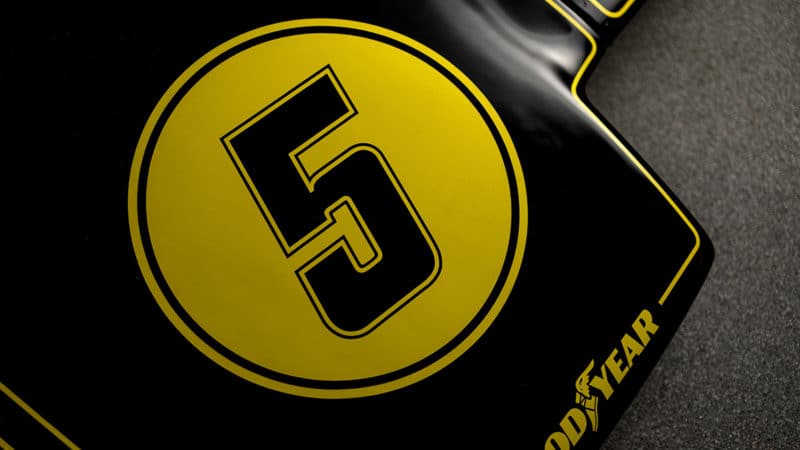
Lee Brimble

Lee Brimble
Debut: South African Grand Prix, 1975
Final race: United States Grand Prix, 1975
Race starts: 14
Grand prix starts: 12
Race wins: 0
Grand prix wins: 0
Thanks to the owners of the cars photographed here, to Clive Chapman at Classic Team Lotus and Michael Oliver, author of the book Lotus 72: Formula One Icon, of which a new edition will be published soon through Coterie Press. All eight of these surviving Type 72s will be gathered together for the first time ever at Hethel on October 15. The event is advanced ticket only: allthe72s.com
